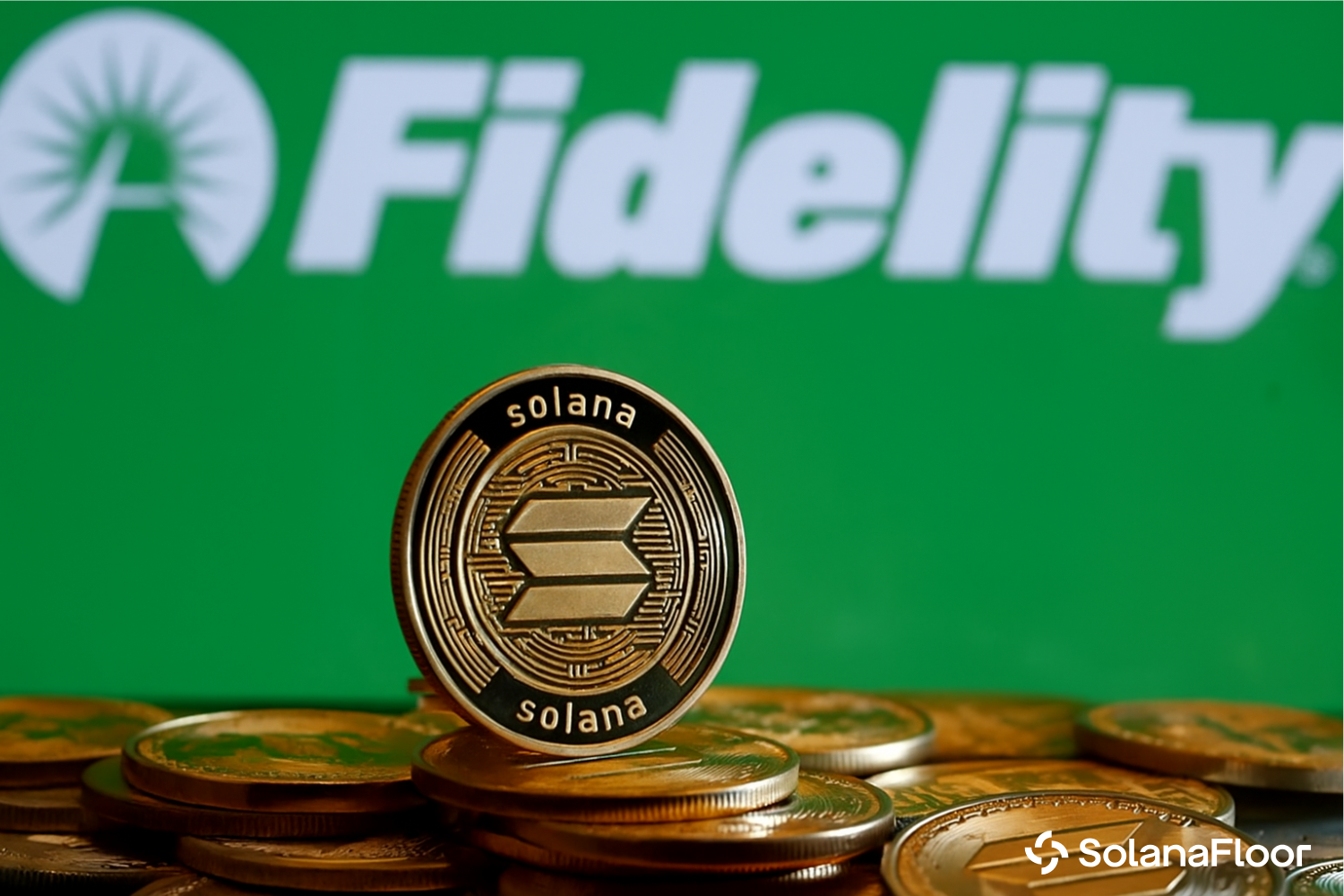
Fidelity, one of the world’s largest asset managers, has expanded its offerings by adding Solana ($SOL) to its trading and custody platforms. The move makes Solana available to both retail and institutional clients through Fidelity Crypto, Fidelity Crypto for IRAs, Fidelity Crypto for Wealth Managers, and the Fidelity Digital Assets platform. The addition positions Solana alongside Bitcoin, Ethereum, and Litecoin within Fidelity’s growing digital asset suite.
Solana trading went live on October 23, 2025. The firm’s retail crypto platform, launched in 2022, allows users to trade major cryptocurrencies without commission fees, though trades include a spread of up to 1 percent. To access these features, users must hold a Fidelity Brokerage account, and availability remains limited in certain U.S. states.
The inclusion of Solana reflects Fidelity’s ongoing efforts to bridge traditional finance and digital assets. The company began exploring blockchain technologies as early as 2014, mining Bitcoin internally before launching Fidelity Digital Assets in 2018. It has since introduced institutional-grade custody solutions, supported spot Bitcoin and Ethereum ETFs in 2024, and expanded access to digital assets across multiple investor categories.
Institutional Confidence and Expanding Access
Fidelity’s decision to integrate Solana comes amid rising institutional interest in high-performance blockchains. Solana’s network is known for its rapid transaction speeds, growing developer ecosystem, and increasing role in tokenization and liquidity markets. The network’s expanding use cases have made it a frequent subject of investor discussions.
Bitwise president Teddy Fusaro acknowledged the development on social media, framing the addition as “probably nothing” in popular crypto speak.
Market participants will likely monitor whether institutional exposure can strengthen confidence in the blockchain’s long-term viability.
A Vote of Confidence in Solana?
Fidelity’s move comes as major financial institutions intensify their engagement with digital assets. In September 2025, firms including Fidelity, Franklin, CoinShares, Bitwise, Grayscale, VanEck, and Canary filed updated S-1 forms with the U.S. Securities and Exchange Commission (SEC) for proposed spot Solana ETFs that include staking.
Although the SEC was expected to deliver decisions by October, the ongoing U.S. government shutdown has delayed progress. Fidelity initially filed for its Solana ETF through the Cboe BZX Exchange in March 2025.
The introduction of Solana trading across Fidelity’s platforms may signal growing confidence in the blockchain’s fundamentals. Fidelity’s 2025 Look Ahead report, released in January, compared the relative strengths of Ethereum and Solana, noting that Solana’s revenue and total value locked (TVL) had been improving at a faster rate than Ethereum’s. However, the report also pointed out that much of Solana’s recent growth stemmed from memecoin trading, which tends to fluctuate with market cycles.
Fidelity’s decision to list Solana adds another layer of legitimacy to the network within institutional circles. It also reinforces the perception that digital assets are becoming an integral component of modern investment portfolios. With more traditional financial institutions offering access to cryptocurrencies, the distinction between legacy and digital finance continues to narrow.
Read More on SolanaFloor
Zepz Launches the Sendwave Wallet built on Solana, Bringing Stablecoin Payments to over 100 Countries
$ORE Up Over 150% On Relaunch - Will it Break Solana a Second Time?
How Certora Protects Solana from Exploits



